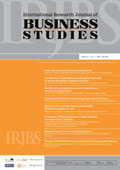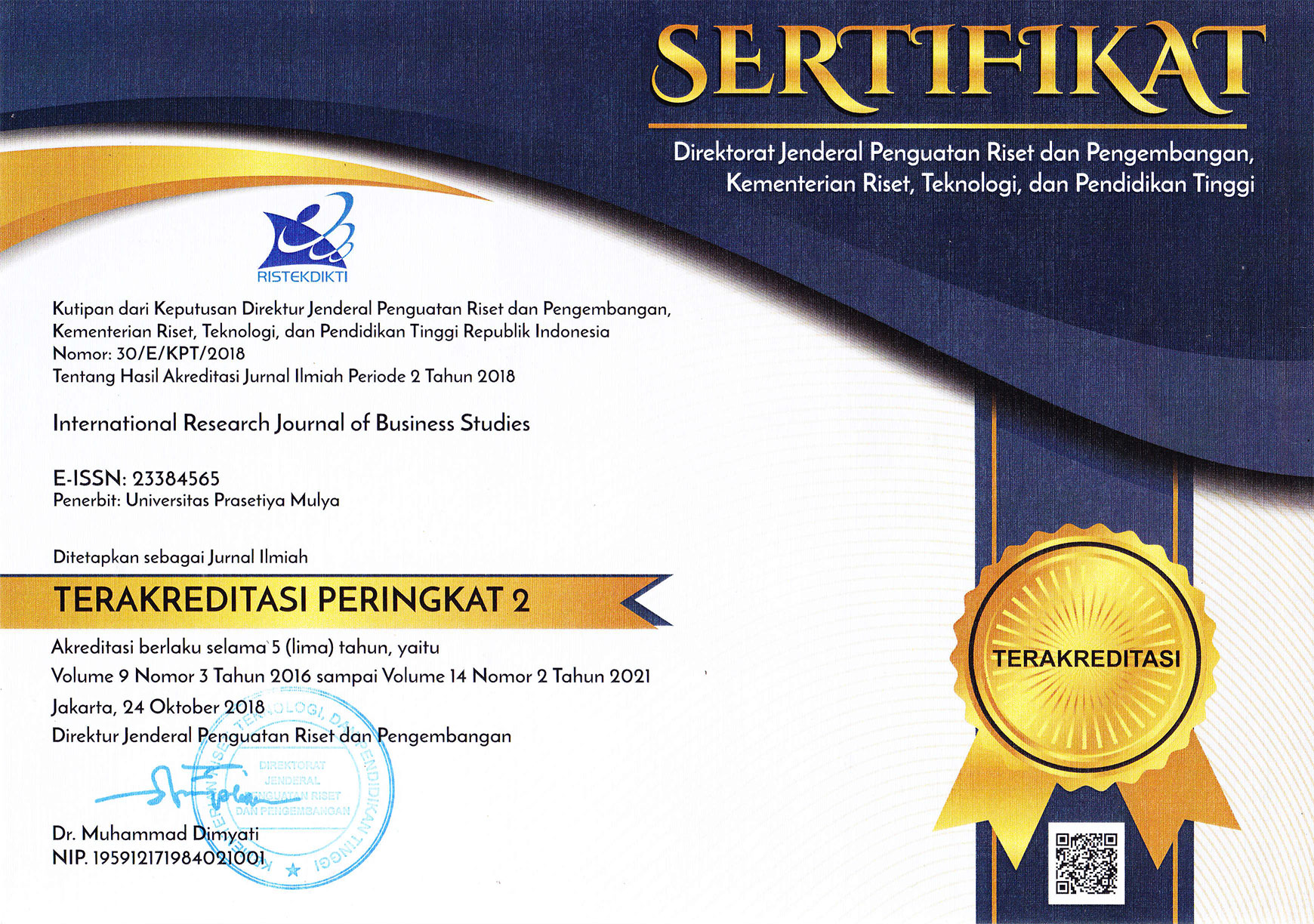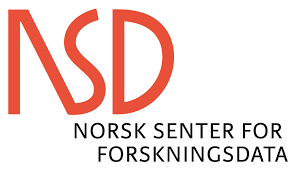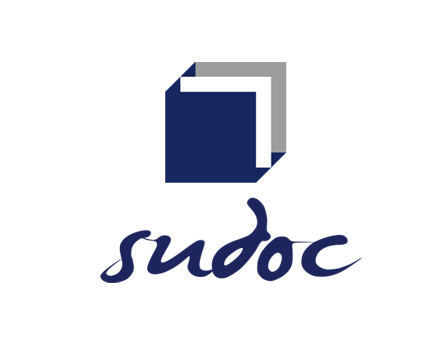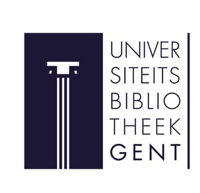Article Metrics |
|
|
To Whom Should I Send it? Sender Perspective on Incentivized Word of Mouth
Abstract
This paper examines how consumers’ WOM-related activity can be steered by marketing measures. By conducting an experimental study using mobile coupons as a novel tool of word of mouth, we specifically investigate how monetary incentives foster senders’ decision in targeting particular receivers. Our results show that senders tend to share incentivized WOM with receivers deemed to be close to them when the amount of the incentive is unequal between sender and receiver, and information on the incentive is revealed to both sides. The different amount of incentive for senders and their receivers also leads senders to target receivers who are deal prone.
Keywords: word of mouth, consumer incentives, tie strength, mobile couponing
* Universitas Prasetiya Mulya, BSD City Kavling Edutown I.1, Jl. BSD Raya Utama, BSD City, Kec. Pagedangan, Tangerang, Banten 15339
** University of Hamburg, Mittelweg 177, 20148 Hamburg, Germany
Full Text:
References
Achadinha, N.M.-J., Jama, L. and Nel, P. (2014). The drivers of consumers’ intention to redeem a push mobile coupon. Behaviour and Information Technology, Vol. 33 No. 12, , 1306-1316.
Ahrens, J., Coyle, J., and Strahilevitz, M. (2012). Electronic word of mouth: The effects of incentives on e-referrals by senders and receivers. European Journal of Marketing, 47(7), S. 1034–1051.
Banerjee, S. and Yancey, S. . (2010). Enhancing mobile coupon redemption in fast food campaigns. Journal of Research in Interactive Marketing, Vol. 4 No. 2, 97-110.
Bawa, K., & Shoemaker, R. W. (1987). The Coupon-Prone Consumer: Some Findings Based on Purchase Behavior across Product Classes. Journal of Marketing, 51(4), 99. doi:10.2307/1251251
Bawa, K., Srinivasan, S. S., & Srivastava, R. K. (1997). Coupon attractiveness and coupon proneness: A framework for modeling coupon redemption. Journal of Marketing Research, 517–525.
Brown, J. J., & Reingen, P. H. (1987). Social ties and word of mouth referral behavior. Journal of Consumer Research, 350–362.
Bruyn, A. de, & Lilien, G. L. (2008b). A multi-stage model of word-of-mouth influence through viral marketing. International Journal of Research in Marketing, 25(3), 151–163.
Bughin, J., Doogan, J., & Vetvik, O. J. . (April 2010). A new way to measure word-of-mouth marketing. McKinsey Quarterly, S. 113-116.
Buhler, P. (1992). The keys to shaping behavior. Supervision, 53(1), 18.
Campbell, M. C., and Kirmani, A. (2000). Consumers' use of persuasion knowledge: The effects of accessibility and cognitive capacity on perceptions of an influence agent. Journal of Consumer Research, 27(1), S. 69–83.
Clark, Margaret S., Julie Fitness, and Ian Brissette. (2001). Understanding People’s Perceptions Relationships Is Crucial to Understanding Their Emotional Lives,” in Blackwell Handbook of Social Psychology: Interpersonal Processes, Vol. 3. In Blackwell Handbook of Social Psychology: Interpersonal Processes, Vol. 3 (S. 253 - 278). Malden, MA: Blackwell.
Danaher, P., J., Smith, M., S., Ranasinghe, K., and Danaher T., S. (2015). Where, When, and How Long: Factors that Influence the Redemption of Mobile Phone Coupons . Journal of Marketing Research, 52, October, 710–25.
Dickinger, A. and Kleijnen, M. (2008). Coupons going wireless: determinants of consumer intentions to redeem mobile coupons . Journal of Interactive Marketing, Vol. 22 No. 3, 23-39.
Foreh, M. R., and Grier, S. (2003). When is honesty the best policy? The effect of stated company intent on consumer skepticism. . Journal of Consumer Psychology, 13(3), pp. 349–356.
Frenzen, J., & Nakamoto, K. (1993). Structure, cooperation, and the flow of market information. Journal of Consumer Research, 360–375
Granovetter, M. S. (1973). The strength of weak ties. American Journal of Sociology, 1360–1380.
Gupta, N., & Shaw, J. D. (1998). Let the evidence speak: financial incentives are effective!! Compensation & Benefits Review, 30(2), 26–32
Hennig-Thurau, T., Gwinner, K. P., Walsh, G., & Gremler, D. D. (2004). Electronic word-of-mouth via consumer-opinion platforms: What motivates consumers to articulate themselves on the Internet? Journal of Interactive Marketing, 18(1), 38–52.
Hsueh, S.C. and Chen, J.M. . (2010). Sharing secure m-coupons for peer-generated targeting via eWOM communications. Electronic Commerce Research and Applications, Vol. 9 No. 4, pp. 283-293.
Im, H., and Ha, Y. (2013). Enablers and inhibitors of permission-based marketing: a case of mobile coupons. Journal of Retailing and Consumer Services, Vol. 20 No. 5, 495-503.
Jayasingh, S. and Eze, U.C. . (2010). The role of moderating factors in mobile coupon adoption: an extended TAM perspective. Communications of the IBIMA, Vol. 2010 No. 2010, 1-19.
Jin, L. and Huang, Y. (2014). When money does not work: The differential effects of monetary versus in-kind rewards in referral reward programs. International Journal of Research in Marketing, Vol. 31 No. 1, S. 107-116.
Juniper Research (2018). Mobile QR Code Coupon Redemptions to Surge, Surpassing 5.3 Billion by 2022: Fourfold Growth Driven by QR Reader Integration on Mobile devices. Retrived 22.12.2018. from:
Kirmani, A., and Zhu, R. . (2007). Vigilant against manipulation: The effect of regulatory focus on the use of persuasion knowledge. Journal of Marketing Research, 44(4), S. 688–701.
Kumar, V., Petersen, J. A., & Lenoe, R.P. . (2010). Driving profitability by encouraging customer referrals: who, when, and how. . Journal of Marketing, 74 (5), S. 1-17.
Lichtenstein, D. R., Netemeyer, R. G., & Burton, S. (1990). Distinguishing coupon proneness from value consciousness: an acquisition-transaction utility theory perspective. The Journal of Marketing, 54–67.
Orshingher, C. and Wirtz, J. (2018). Psychological drivers of referral reward program effectiveness . Journal of service marketing, Vol. 32 No.3, 256-268.
Pousttchi, K. & Wiedemann, D.G. 2006. A contribution to theory building for mobile marketing: Categorizing mobile marketing campaigns through case study research.[Online]. Available at: http://mpra.ub.uni-muenchen.de/2925/. [Accessed on 15 March 2018].
Reimer, T., and Benkenstein, M. (2018). Not just for the recommender: How eWOM incentive influence the recommendation audience. Journal of Business Research (86), 11-21.
Ryu, G., &Feick, L. (2007). A penny for your thoughts: Referral reward programs and referral likelihood. Journal of Marketing, 71(1), 84–94.
Stephen, A., Bart, Y., Du Plessis, C., and Goncalves, D. (2012). Does Paying for Online Product Reviews Pay Off? The Effects of Monetary Incentives on Consumers’ Product Evaluations. INSEAD Working Paper No. 2012/96/MKT.
Tang, Q., Zhao. X. and Liu, S. (2016). The effect of intrinsic and extrinsic motivations on mobile coupon sharing in social network sites: The role of coupon proneness. Internet Research Vol. 26, No. 2, 101-119.
Tercia and Teichert . (2017). How consumers respond to incentivized word of mouth: An examination across gender. Australasian Marketing Journal (AMJ) 25 (1), S. 46-56.
Thaler, R. H. (1988). Anomalies: The ultimatum game. The Journal of Economic Perspectives, 195–206.
Trusov, M., Bucklin, R. E., and Pauwels, K. . (2009). Effects of word-of-mouth versus traditional marketing: Findings from an internet social networking site. Journal of Marketing, 73(5), 90–102.
Tuk, M. A. (2008). Is Friendship Silent When Money Talks? How People Respond to Word-of-Mouth Marketing (EPS-2008-130-MKT): Erasmus Research Institute of Management (ERIM).
Walster, E., Berscheid, E. and Walster, G.W. . (1973). New directions in equity research. Journal of Personality and Social Psychology, Vol. 25 No. 2, 151 - 176.
Williams, P., Fitzsimons, G. J., and Block, L. G. (2004). When consumers do not recognize “benign” intention questions as persuasion attempts. Journal of Consumer Research, 31(3), S. 540–550.
Wirtz, J., & Chew, P. (2002). The effects of incentives, deal proneness, satisfaction and tie strength on word-of-mouth behaviour. International Journal of Service Industry Management, 13(2), 141–162. doi:10.1108/09564230210425340
Wirtz, J., Orsingher, C., Chew, P. and Tambyah, S. (2013). The role of metaperception on the effectiveness of referral reward programs. Journal of Service Research, Vol. 16 No. 1, S. 82-98.
Xiao, P., Tang, C. S., & Wirtz, J. (2011). Optimizing referral reward programs under impression management considerations. European Journal of Operational Research, 215(3), 730–739.
Copyright (c) 2020 INTERNATIONAL RESEARCH JOURNAL OF BUSINESS STUDIES
International Research Journal of Business Studies has been covered by the following services: | ||||||||||||||||||||||||
|

